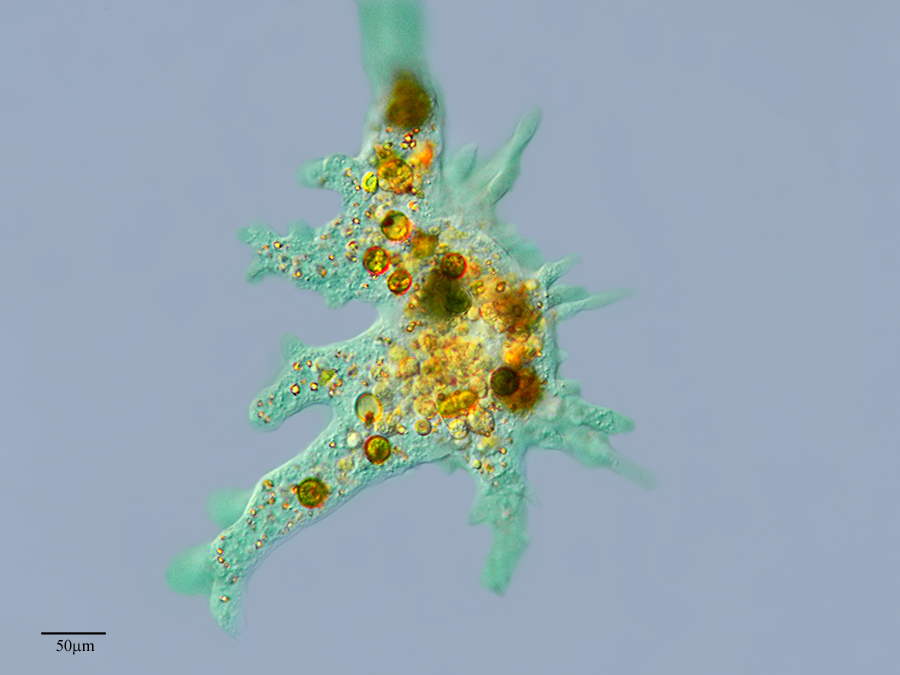Repurposed drug can save patients infected with rare brain-eating amoeba
Ellie McCluey | March 1, 2023
There have been over 100 confirmed cases of Balamuthia infections in the United States since 1986. The Balamuthia mandrillaris is a rare brain-eating amoeba that induces a deadly infection in the central nervous system. With a mortality rate of 90 percent, the outlook for patients who are infected by the amoeba is bleak. However, in 2021, a 54-year-old man survived after treatment with nitroxoline, a drug that is prescribed to treat UTI infections.
How does one get infected with Balamuthia?
Balamuthia live in soil, dust, and water; thus, they are believed to enter the body through exposed wounds or the lungs. Once the amoebas enter the body, they wreak havoc, causing brain masses, nausea, seizures, and hallucinations.

What is nitroxoline?
Nitroxoline is a drug that is currently not FDA-approved; however, it is available for clinical use in European countries. The use of the drug was inspired by research conducted by Joseph DeRisi, a biochemist at the University of California, San Francisco. Hopefully, with the newfound knowledge of nitroxoline’s effectiveness, the outcome for cases of the brain-eating amoeba won’t be so bleak.
Repurposed drug battles ‘brain-eating’ amoeba. (n.d.). Retrieved February 21, 2023, from https://www.science.org/content/article/repurposed-drug-battles-brain-eating-amoeba
Spottiswoode, N., Pet, D., Kim, A., Gruenberg, K., Shah, M., Ramachandran, A., Laurie, M. T., Zia, M., Fouassier, C., Boutros, C. L., Lu, R., Zhang, Y., Servellita, V., Bollen, A., Chiu, C. Y., Wilson, M. R., Valdivia, L., & DeRisi, J. L. (n.d.). Successful Treatment of Balamuthia mandrillaris Granulomatous Amebic Encephalitis with Nitroxoline—Volume 29, Number 1—January 2023—Emerging Infectious Diseases journal—CDC. https://doi.org/10.3201/eid2901.221531
